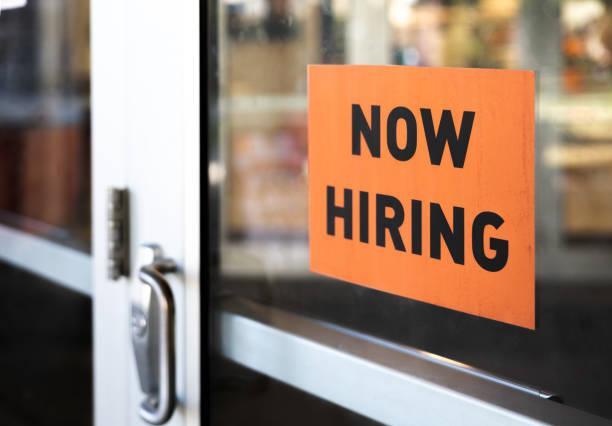
Most Firms Lag in Aligning AI with Workforce: Kyndryl Report
Artificial Intelligence (AI) has revolutionized the way businesses operate, making them more efficient, productive, and competitive. However, as AI adoption continues to rise, a recent report by Kyndryl highlights a critical gap that many enterprises worldwide are struggling to bridge – aligning their workforce strategies with AI adoption.
The Kyndryl report, titled “People Readiness Report 2025,” explores the current state of AI adoption and workforce preparedness across various industries. The report reveals that while many organizations have implemented AI solutions, there is a significant gap between AI adoption and workforce readiness.
In this article, we will delve into the key findings of the report, highlighting the challenges faced by businesses in aligning their workforce with AI adoption and the steps they can take to bridge this gap.
AI Adoption on the Rise
The Kyndryl report found that AI adoption is widespread, with 97% of Indian organizations having implemented AI solutions. This trend is not limited to India alone; globally, AI adoption rates are similarly high. The report notes that 95% of organizations have set up governance frameworks to manage AI adoption, indicating a growing awareness of the importance of AI in business operations.
Workforce Readiness: A Critical Gap
Despite the high adoption rates, the report highlights a significant gap in workforce preparedness. Only 28% of organizations have a clear plan in place to upskill their workforce to work effectively with AI. This gap is particularly concerning, as AI adoption requires a workforce that is equipped to work with these new technologies.
Upskilling the Workforce
The report emphasizes the importance of upskilling the existing workforce to work effectively with AI. This requires organizations to invest in training and development programs that focus on AI literacy, data analysis, and critical thinking. By upskilling their workforce, organizations can ensure that their employees are equipped to work effectively with AI and make the most of its benefits.
Challenges in Aligning AI with Workforce
The report identifies several challenges that organizations face in aligning AI with their workforce. These include:
- Lack of AI Literacy: Many employees lack the necessary knowledge and skills to work effectively with AI. This can lead to resistance to change and a lack of trust in AI systems.
- Insufficient Training: Organizations often fail to provide their employees with the necessary training and development programs to upskill them for AI adoption.
- Inadequate Governance: The report notes that 72% of organizations lack a clear plan for upskilling their workforce, indicating a lack of governance and oversight in AI adoption.
- Resistance to Change: AI adoption requires significant changes to business operations and processes. However, many employees may resist these changes, leading to a lack of adoption and utilization of AI.
Steps to Bridge the Gap
To bridge the gap between AI adoption and workforce readiness, organizations can take the following steps:
- Prioritize Upskilling: Invest in training and development programs that focus on AI literacy, data analysis, and critical thinking.
- Develop AI-Ready Workforce: Identify the skills and competencies required to work effectively with AI and develop a plan to upskill your workforce.
- Establish Clear Governance: Develop a clear plan for AI adoption and governance, including a framework for managing AI-related risks and ensuring accountability.
- Foster a Culture of Innovation: Encourage a culture of innovation and experimentation, allowing employees to explore and learn from AI adoption.
- Monitor Progress: Regularly monitor the progress of AI adoption and workforce readiness, making adjustments as needed to ensure alignment.
Conclusion
The Kyndryl report highlights the critical gap between AI adoption and workforce readiness. While AI adoption is widespread, many organizations struggle to upskill their workforce to work effectively with AI. To bridge this gap, organizations must prioritize upskilling, develop AI-ready workforces, establish clear governance, foster a culture of innovation, and regularly monitor progress. By taking these steps, organizations can ensure that their workforce is equipped to work effectively with AI, driving business success and competitiveness in the digital age.






